
Most of us will have seen the classic WWII movie ‘the Great escape’ usually around every Christmas period or Easter time it will be shown multiple times on a great number of channels.
It is one of my favourite wartime movies although it does take quite a number of artistic liberties in relation to some of the real events.
The Stalag Luft III murders were war crimes perpetrated by members of the Gestapo following the “Great Escape” of Allied prisoners of war from the German Air Force prison camp known as Stalag Luft III on March 25, 1944. Of a total of 76 successful escapees, 73 were recaptured, mostly within days of the breakout, of whom 50 were executed on the personal orders of Adolf Hitler. These summary executions were conducted within a short period of recapture.
Fifty of the Allied airmen who tunnelled out of Stalag Luft III were executed in chilling scenes like this. 
Outrage at the killings was felt immediately, both in the prison camp, among comrades of the escaped prisoners, and in the United Kingdom, where the Foreign Minister Anthony Eden rose in the House of Commons to announce in June 1944 that those guilty of what the British government suspected was a war crime would be “brought to exemplary justice.”
After Nazi Germany’s capitulation in May 1945, the Police branch of the Royal Air Force, with whom the 50 airmen had been serving, launched a special investigation into the killings, having branded the shootings a war crime despite official German reports that the airmen had been shot while attempting to escape from captivity following recapture. An extensive investigation headed by Wing Commander Wilfred Bowes RAF and Squadron Leader Frank McKenna of the Special Investigation Branch into the events following the recapture of the 73 airmen was launched, which was unique for being the only major war crime to be investigated by a single branch of any nation’s military.

The day after the mass escape from Stalag Luft III,Hitler’s rage was all-consuming. He summoned SS chief Heinrich Himmler and Reichsmarschall Göring and ordered that all 76 fugitives be executed upon recapture.

Word of such an atrocity, Göring explained, might result in fierce Allied reprisals. Himmler agreed, prompting Hitler to order that ‘more than half the escapees’ be shot. Random numbers were suggested until Himmler proposed that 50 be executed. Hitler ordered his SS chief to put the plan in motion.
The Kriminalpolizei (the criminal-investigations department of the Reich police) issued a Grossfahndung, a national hue and cry, ordering the military, the Gestapo, the SS, the Home Guard and Hitler Youth to put every effort into hunting the escapees down. Nearly 100,000 men needed to defend the Reich were redirected to the manhunt.
By Wednesday, March 29, five days after the breakout, 35 escapees languished behind bars in the cramped cells of the jail at Görlitz, not far south of Sagan.
Those who remained on the run hoped to make destinations in Czechoslovakia, Spain, Denmark and Sweden. Luck, however, worked against them.
They were seized at checkpoints, betrayed by informants or simply thwarted by freezing temperatures. Before long, all but three of the fugitives were back in captivity.
But on April 6, Group Captain Herbert Massey, the senior British officer in the camp, was to learn the fate of so many of his men.
The camp commandant, Colonel Braune, informed him that 41 had been killed while resisting arrest or attempting to escape after being captured; not one had been merely wounded. Braune was unable to look Massey in the eye as he told him the lies.
On April 15, a list identifying the victims appeared on the camp’s noticeboard. The list now contained not 41 names, but 47. Two days later, a representative of the Swiss Protecting Power visited Stalag Luft III on a routine inspection and was given a copy of the list.
Among the dead were 25 Britons, six Canadians, three Australians, two New Zealanders, three South Africans, four Poles, two Norwegians, one Frenchman and a Greek.
The Swiss government then reported the killings to the British government, including three additional victims, bringing the total number of those murdered to 50. Churchill was incensed, and even amid the final push for victory made finding the killers a priority.

The 3 Successful escapees
- Per Bergsland, Norwegian pilot of No. 332 Squadron RAF
- Jens Müller, Norwegian pilot of No. 331 Squadron RAF
- Bram van der Stok, Dutch pilot of No. 41 Squadron RAF
A detachment of the Special Investigation Branch of the Royal Air Force Police headed by Wing Commander Wilfred Bowes was given the assignment of tracking down the killers of the 50 officers. The investigation started seventeen months after the alleged crimes had been committed, making it a cold case. Worse, according to an account of the investigation, the perpetrators “belonged to a body, the Secret State Police or Gestapo, which held and exercised every facility to provide its members with false identities and forged identification papers immediately they were ordered to go on the run at the moment of national surrender.”
The small detachment of investigators, numbering five officers and fourteen NCOs, remained active for three years, and identified seventy-two men, guilty of either murder or conspiracy to murder, of whom 69 were accounted for. Of these, 21 were eventually tried and executed (some of these were for other than the Stalag Luft III murders); 17 were tried and imprisoned; 11 had committed suicide; 7 were untraced, though of these 4 were presumed dead; 6 had been killed during the war; 5 were arrested but charges had not been laid; 1 was arrested but not charged so he could be used as a material witness; three were charged but either acquitted or had the sentence quashed on review, and one remained in refuge in East Germany.[1]:261
Despite attempts to cover up the murders during the war, the investigators were aided by such things as Germany’s meticulous book-keeping, such as at various crematoria, as well as willing eye-witness accounts and many confessions among the Gestapo members themselves, who cited that they were only following orders.
SS-Gruppenführer Arthur Nebe, who is believed to have selected the airmen to be shot, was later executed for his involvement in the July 20 plot to kill Hitler.

American Colonel Telford Taylor was the U.S. prosecutor in the High Command case at the Nuremberg Trials. The indictment in this case called for the General Staff of the Army and the High Command of the German Armed Forces to be considered criminal organizations; the witnesses were several of the surviving German Field Marshals and their staff officers.One of the crimes charged was of the murder of the 50. Luftwaffe Colonel Bernd von Brauchitsch, who served on the staff of Reich Marshal Hermann Göring, was interrogated by Captain Horace Hahn about the murders.

The first trial specifically dealing with the Stalag Luft III murders began on 1 July 1947, against 18 defendants. The trial was held before No. 1 War Crimes Court at the Curio Haus in Hamburg. The accused all pleaded Not Guilty

The verdicts and sentences were handed down after a full fifty days on September 3 of that year. Max Wielen was found guilty of conspiracy and sentenced to life imprisonment. The others were found not guilty of the first two charges, but guilty of the individual charges of murder. Breithaupt received life imprisonment, Denkmann and Struve ten years imprisonment each, and Boschert eventually received life imprisonment. The other 13 condemned prisoners were hanged at Hamelin Jail in February 1948 by British executioner Albert Pierrepoint.

.
























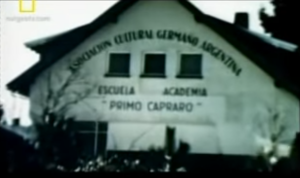



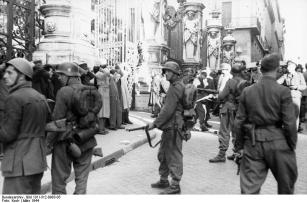






























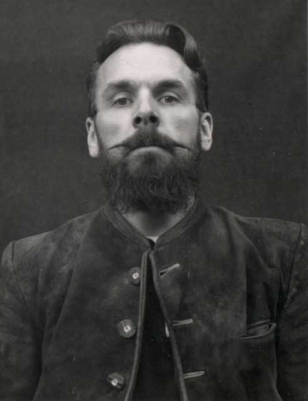






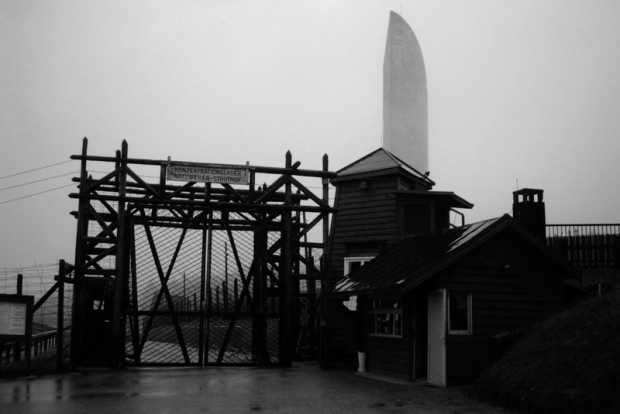




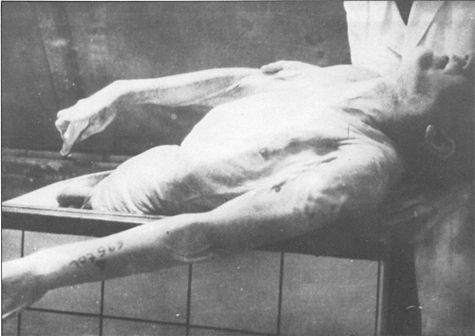


































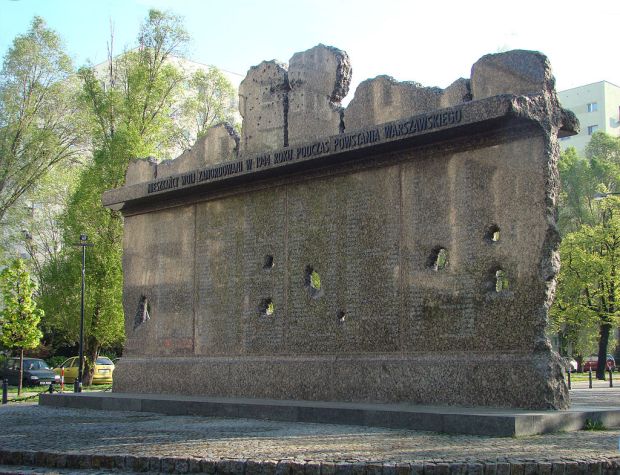





You must be logged in to post a comment.